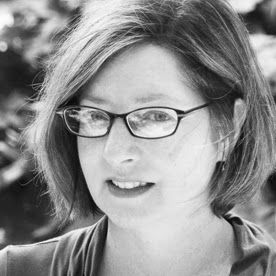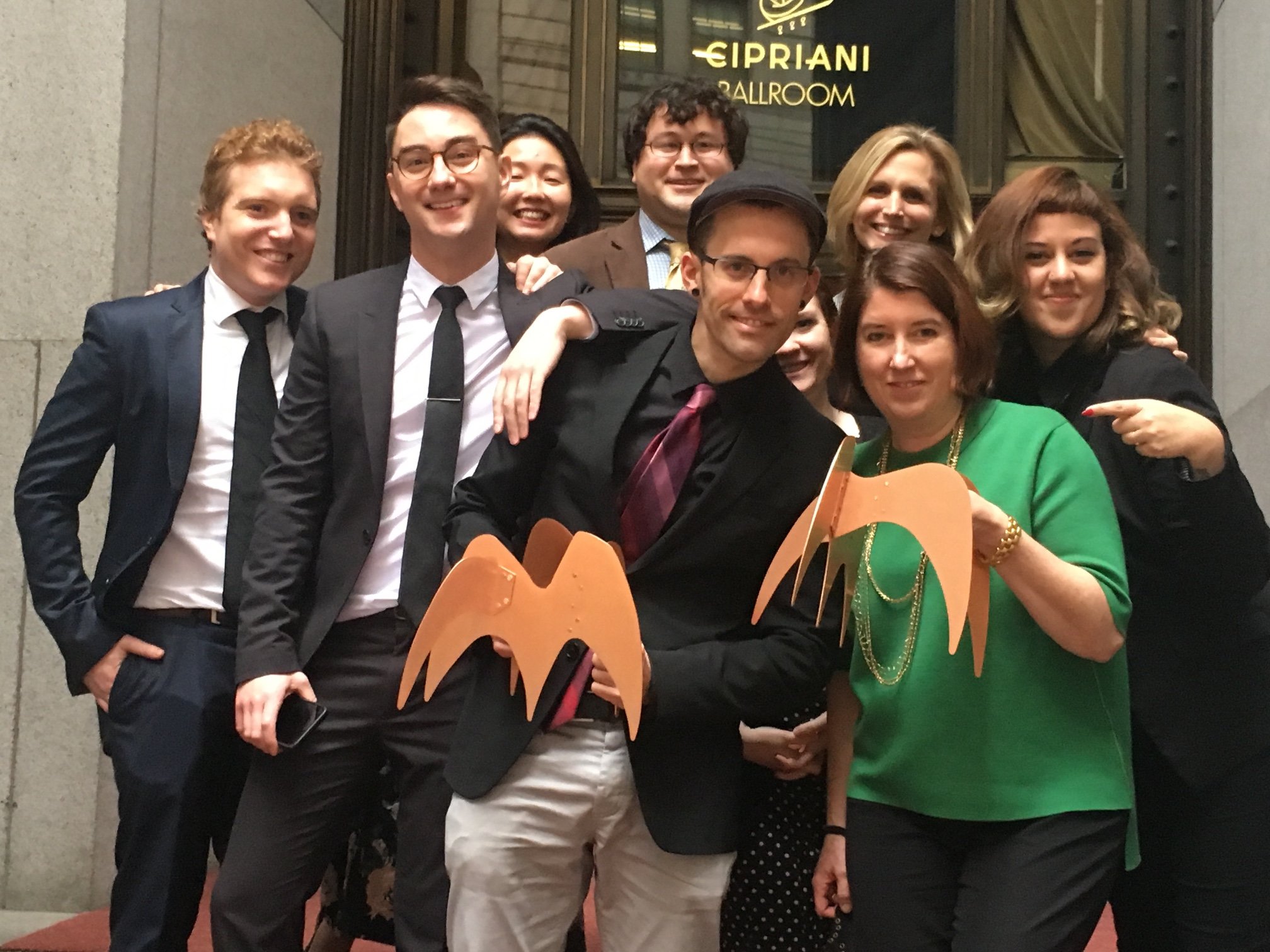What does it take to be magazine of the year? To find out, TFP CEO Margot Knorr Mancini recently spoke with Claudia Smukler, production director at Mother Jones, winner of the top award at the 2017 ASME National Magazine Awards.
Recognized for finding “new ways to engage audiences and continue its practice of fearless journalism,” the nonprofit publication isn’t resting on its laurels. Rather, it’s pushing forward with new technology initiatives, honing its cross-channel workflows in incremental steps, and most important, staying focused on what it does best: providing a balance of in-depth, well-researched investigative reporting and quality online news coverage—something increasingly valued in today’s era of fake news and clickbait.
The following are excerpts from the interview:
MKM: Given the publication was named magazine of the year at the National Magazine Awards ceremony in February, the work being done at Mother Jones clearly stands out for a number of reasons. How would you describe Mother Jones as a magazine and how it’s viewed in the industry?

Claudia Smukler, Production Director
CS: Winning the magazine of the year award for 2017 was a huge emotional boost for all of us and was a significant acknowledgment from the industry for the work we do. The unique vision and leadership from Monika Bauerlein, our CEO, and Clara Jeffery, our editor-in-chief, has strengthened Mother Jones on many levels over the past dozen or more years. Their partnership has steered the organization toward a more sustainable business model, one that was born out of necessity, to support the independent, nonprofit journalism that we are known for.
Monika shared with staff that the magazine of the year award, especially, is meant to recognize the whole organization. It means something to our journalists and creative staff, but also acknowledges everyone at Mother Jones. It is about the magazine and website, but also honors the video content, events, the food podcast, BITE, our digital editions, and the effective membership and development programs that we have built to sustain us. It’s about the important stories we do, on money and politics, environment, crime and justice, the impact of gun violence, and the award honors how we make that happen day after day and issue after issue.
MKM: Are there things you feel you do differently at Mother Jones, that set you apart from other publications?
CS: We did some huge investigative stories this past year that were years in the making. Shane Bauer’s two undercover pieces, “My Four Months as a Private Prison Guard” and “Undercover with a Border Militia,” garnered significant attention. Publishing a 40-page feature—over 35,000 words—is exceptional for any magazine, and we also produced a video series to go along with it. Stories like these require a major effort from all parts of the organization. So, when we started to tell readers what it cost to create big stories like this, people responded to the straightforward appeal from our membership team.
We have one of the most rigorous fact-checking and verification protocols in the industry. We are continually training new journalists. The Ben Bagdikian Fellowship Program attracts talented young journalists to work with us. We train them in the fast-paced Mojo newsroom, and they bring energy and intelligence to help make the stories better. If we don’t hire them at the end of the program, we are proud to see them move on to other media outlets with important skills to discern the truth.
We set our sights on big stories with impact, and our donors and supporters tell us they want us to do them. We are measured by the impact we have on the national dialogue.
MKM: There are not many other content organizations that take the time to do that or have that ability in the cadence of how they publish, so I think that’s a little gem, for sure. It sounds like you work lean, but you must communicate well too, in order to be efficient and effective, and chip away at these bigger visions.
CS: Effective communication can’t be overstated, really. The majority of our staff is in San Francisco. We have a daily newsroom working in Washington, D.C., and more folks in New York, as well as some talented remote staffers. Covering the daily torrent of news events on the web at the same time planning for a bi-monthly magazine takes significant coordination, and we have to do that within a very lean budget. Slack has become an important addition to staff communication. But we are always looking to improve the way we work and communicate, to better support our process.
MKM: In the past six to 12 months, is there anything you have done tactically to deal with cross-channel content creation, either something to move that a little bit further or change the way you work?
CS: In the past year, we redesigned both the print magazine and the website. We started from the idea that the mobile page needed the most attention. So the mobile page was the design unit we started from and worked back from there. The magazine redesign and then the website redesign followed from what we know would read well on your phone.
We recently completed a major project to migrate Motherjones.com from an old version of Drupal to the enterprise version of WordPress. This has already improved our publishing options. I am sure the new platform will serve us well for future development as we expand the use of video, for instance, and it is probably not too soon to be talking about refreshing last year’s design.
MKM: I know you’ve been exploring new tools and workflows for content creation. How do you see that fitting into the overall plan?
CS: I have been researching and advocating for some new technology to help our distributed teams keep up the pace. We need to upgrade our workflow to match how we actually work. We already have an integrated team that thinks about web and magazine content, but our final magazine editing stages are still dependent on paper-based proofs and that creates some bottlenecks and has tied our process too tightly to the San Francisco office.
I see us on a path to employ a browser-based publishing process that is more accessible and increases the ability of our teams to work more collaboratively on magazine and web content. We are considering some new technology as some additional “scaffolding” we need to manage our workflow so that stories from whatever source they originate from—Word, InDesign, HTML, Google Docs, or from outside contributors—can be managed with more deliberate intention and coordination across time zones so that we can publish with greater ease to any destination, including print, web, newsletter, digital edition, or marketing projects. Now that the web platform migration has been completed, we have more space and resources for another major project.
MKM: It sounds like you try to chip away a little bit all the time to move things as opposed to other organizations that might plan and plan and think and think, but don’t really move until they’ve got something larger to shift.
CS: Exactly. One example is how we’ve introduced InCopy to our editors. Once it was clear that the web platform migration was going to be the main focus and consume resources for a while, I wanted to find an incremental way to bring our editors into the collaborative process with designers. Our senior editors have InDesign skills and have access to the layouts up to a point. We see using InCopy as a way to get more time for the design team to create the visual part of the story.
We only had small windows of time for training on InCopy/InDesign, so we took an incremental approach. Each issue we invited another editor to work with the designer on a story. They got experience using it. We had enough support and resources for that, it didn’t clog down the whole issue. And this approach demonstrated to the researchers and fact-checkers, as well as editors, what to expect from future training. All our editors have some experience with the collaborative workflow now. I’m looking forward to the next step: modernizing our production workflow, removing manual roadblocks, and utilizing software solutions and web technology to improve communication and 24/7 access.
MKM: Has the fake news vs. real news era had an impact on your coverage? And if so, how has that shifted your production load and focus?
CS: I am not sure if it’s changed much in the eight years that I’ve been working at Mother Jones. It’s as rigorous as I’ve ever seen, including legal reviews, fact-checking, and the hard work of the fellows who are assigned to each story. It’s part of how we train a new journalist from the bottom up.
In the months since the 2016 election, we have seen a surge of traffic and support from our magazine subscribers, longtime donors, and the thousands of new readers who woke up to a fake news epidemic. The steady decline of the number of reporters and newsrooms in recent years has had a dramatic impact, and coupled with Facebook and the social media amplification, there is an urgent need for reliable truth-seeking news sources. The growing support and appreciation from industry leaders as well as the general public for our journalism is a solid nod toward the kind of rigorous reporting, research, and fact-checking that goes into our stories. Though some will say we lean to a political persuasion, we are respected for consistent quality and depth. Our only bias is for the truth.
MKM: I’m assuming it’s more highly appreciated, right?
CS: It’s more highly appreciated, and I think it stands out in this era. Monika said it very well recently in one of her essays about our process, which is to be very transparent about it. In this era where many media companies have lost their way chasing advertising, chasing clicks with headlines, that for a news organization to follow the truth of the story and bring it to our audience in a way that readers will understand surely stands out.
This year’s awards—certainly the magazine of the year award, but also the awards that our reporters have gotten across the board—reflect the kind of journalism that people thought was lost or no longer existed. It exists at Mother Jones because our mission-based organization has a dedicated staff and generous support from our readers, donors, and board of directors, all of whom are instrumental to our current success.
CEO Margot Knorr Mancini’s monthly blog on content strategy shares valuable insights and observations from her experiences in the publishing industry.
Check out her other articles in our Content Strategy section. Also sign up for TFP’s newsletter briefings, including Women in Media, Media Metrics, and This Week in Publishing, which highlights our weekly industry news picks and tips to help you stay informed. Have a suggestion for a topic you’d like to know more about? Drop us a note!
INTRODUCING: Building Apps with Adobe Experience Manager Mobile, now available on Amazon.
Posted by: Margot Knorr Mancini



